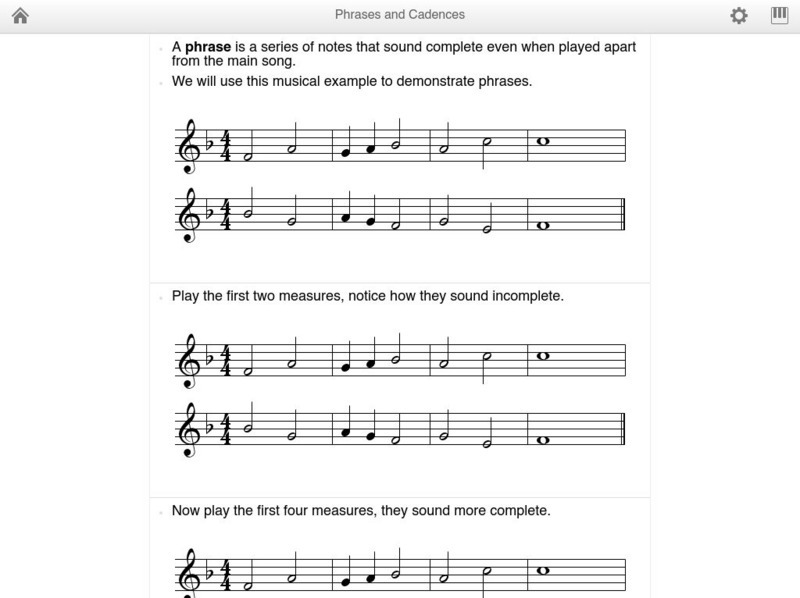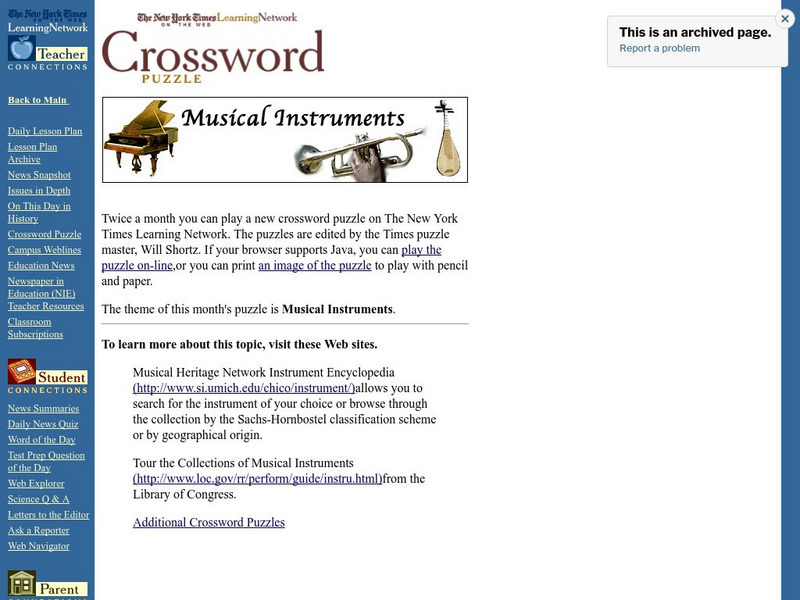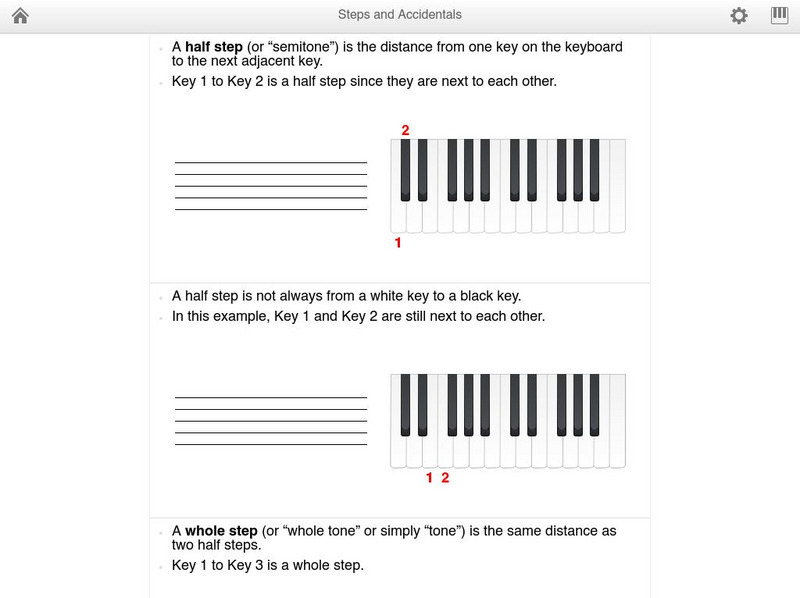Curated OER
Music Technology
Learners practice using keyboard and sequencing software to expand their compositions. They use the notes in the C Major Scale and playback their song written in an ABA song form. They complete pages in a basic piano workbook and...
Curated OER
Beginning Analogies 10
In this analogies worksheet, students read the pairs of words and select the answer that best expresses a relationship similar to the original pair. Students complete 12 examples.
Curated OER
Jin Soo Kim
Learners examine and discuss a sculpture by the artist Jin Soo Kim. They explore and identify basic sculpture techniques, and create a sculpture using found objects, plaster, and cardboard.
Curated OER
You Can Play It
Students listen to a piece of music on the bells, recorder, and rhythm sticks, comparing and contrasting the different instruments. They play the song, Row Row Row Your Boat, rotating groups to play the bells, recorder, and rhythm sticks.
Curated OER
Music Technology
Pupils identify the features of a synthesizer and practice using them. They record different sounds using the software provided. They also examine sound waves and applications through the synthesizer.
Curated OER
Creating, Notating and Recording an Original Song
Students are provided with a set of parameters, including theme, time
signature, number of measures, and form. Working within these parameters, the class , step by step, goes through the process of
creating, notating, and recording a...
PBS
Pbs: Jazz and Math: The Fibonacci Keyboard
Teach a lesson about the piano keyboard using the Fibonacci Sequence. Explore with your students the various relationships the Fibonacci Sequence has with music.
Music Theory
Music theory.net: Keyboard Trainer
A fantastic resource for music teachers and students learning to play the piano. This online quiz can be customized to test students on specific keys. Students can click "Toggle helpers," to check answers along the way.
Fun Brain
Fun Brain: Piano Player
Interactive game where musical notes are shown on a scale and you have to choose the piano key that matches the note. Choose from four levels of play, from beginner to virtuoso.
Yale University
Yale Collection of Musical Instruments: Keyboard Instruments
Learn about keyboard instruments from the collection of Yale University in this image gallery with descriptions of each piece, including pianos, harpsichords, and organs.
Dallas Symphony Orchestra
Dallas Symphony Orchestra Kids: Piano
Read about keyboard instruments and the piano in particular. Use RealAudio or Windows Media Player to hear the piano alone and with the orchestra.
Ducksters
Ducksters: Music for Kids: Piano Playing Basics
Kids learn the basics of playing the piano on this site. Find information about the keyboard, middle C, position, and practice.
Other
Piano Music Sight Reading Practice
Actually this clever site drills pianists on note names and note placement on the keyboard. Kids can access this site at home for practice. Both treble and bass clef are used.
Other
Piano Nanny: Piano on the Net
This site provides extensive piano lessons, utilizing helpful guides complete with audio. Detailed information on the computer configuration needed for this site is given, as well as a 12 note keyboard.
Music Theory
Music theory.net: Phrases and Cadences
An explanation of phrases and cadences with illustrated examples. Also provides audio clips, and a printable chart at the end of the lesson. By MusicTheory.net.
Music Theory
Music theory.net: Diatonic Triads
Descriptions of diatonic triads: major, natural minor, and harmonic minor. Provides animated illustrations, and a printable chart at the end of the lesson.
Music Theory
Music theory.net: Generic Intervals
A thorough description of generic intervals with a printable chart at the end of the lesson. MusicTheory.net provides illustrated examples, and highlighted vocabulary terms. (You may need to download Flash Player to view this site.)
Other
What Are Historical Keyboard Instruments
Provides information about historical keyboard instruments such as the clavichord, harpsichord, fortepiano and organ.
Science Buddies
Science Buddies: Comparing Vocal Ranges: How High and Low Can You Go?
What is the highest note you can sing? How about the lowest? Do you think males and females can reach the same notes? How about children and adults? Find out the answers to all these questions in this "note"-worthy science fair project.
New York Times
New York Times: Crossword Puzzle: Musical Instruments
An interactive and printable crossword puzzle developed by the New York Times Learning Network. The theme of this puzzle is Musical Instruments.
PBS
Classics for Kids: Musical Instruments
An A-to-Z directory of all the instruments and tools of the orchestra. Each entry includes a description, a picture, and a sound sample.
Music Theory
Music theory.com: Introduction to Chords
A description of augmented and diminished triads/ chords. Provides illustrated examples with highlighted vocabulary words,a printable chart, and audio clips to supplement the lesson.
Canada Science and Technology Museum
Canada Science and Technology Museum: Electronic Music
Look into the collection of electronic and electrical musical instruments from the Canada Science and Technology Museum's collection, some artifacts dating as far back as the late 1800s. The collection is divided into two main groupings:...
Music Theory
Music theory.net: Steps and Accidentals
Provides an explanation of half steps, whole steps, flats, and sharps. Illustrated examples accompany these definitions.



















